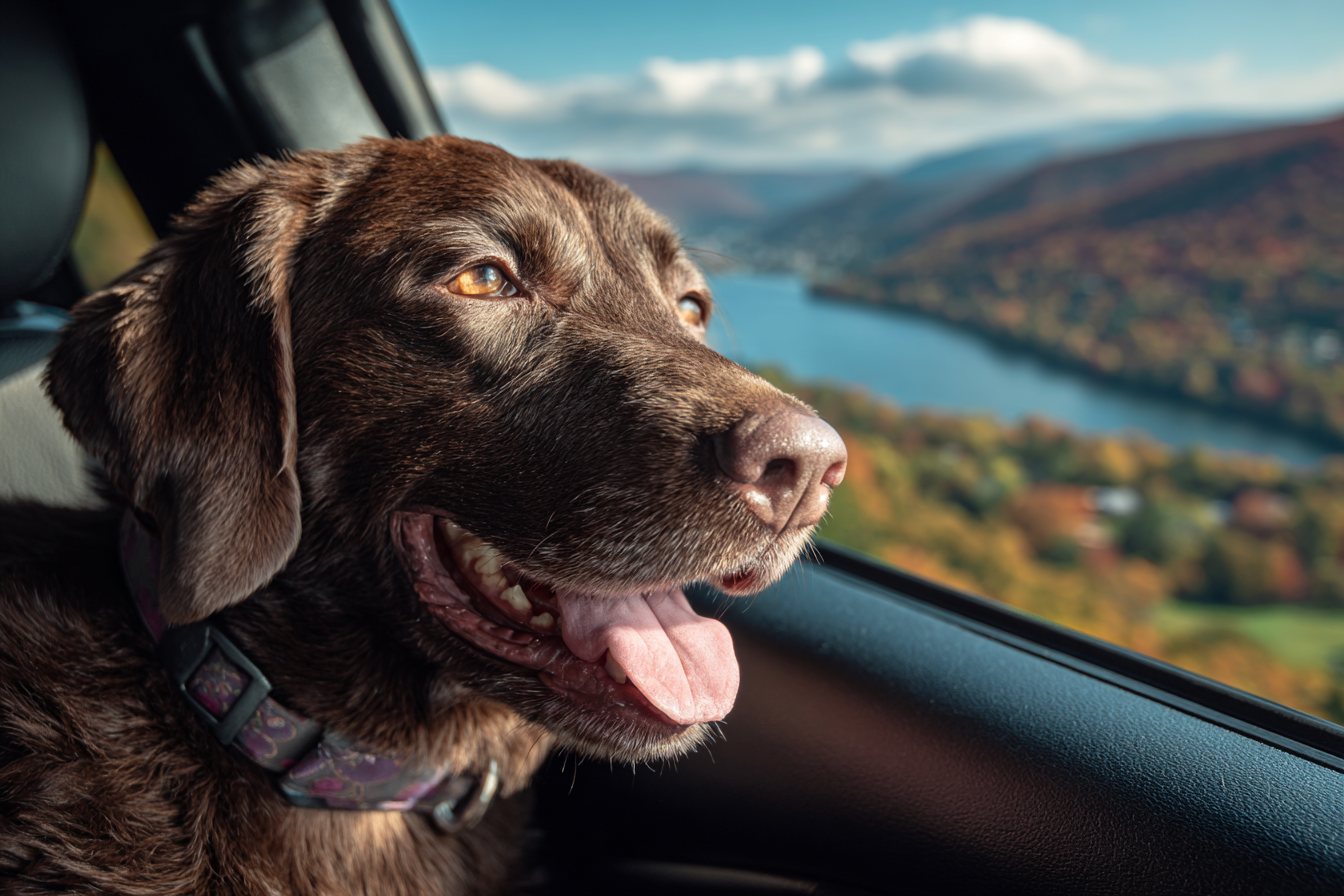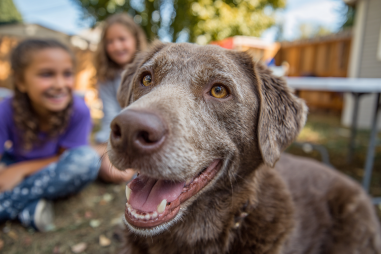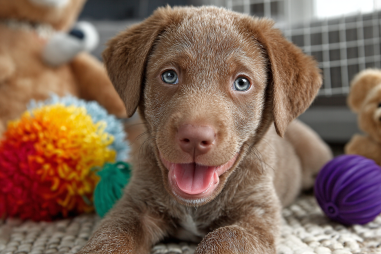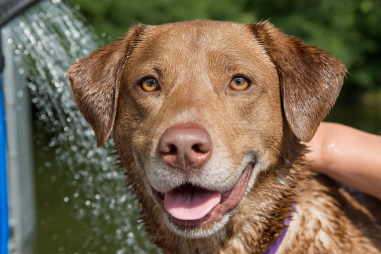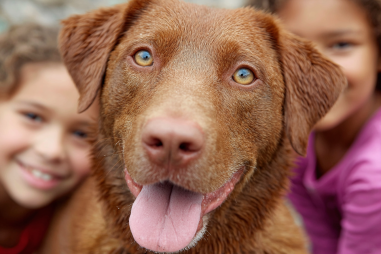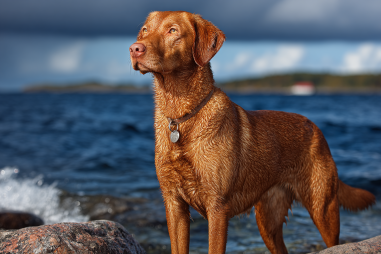Traveling with your Chesapeake Bay Retriever can be a wonderful way to explore new places and create lasting memories with your furry companion. Known for their intelligence, loyalty, and adventurous spirit, Chesapeakes often enjoy car rides and outdoor activities. However, ensuring their comfort and safety during travel requires a bit of thoughtful preparation. Whether you’re planning a short road trip or a longer vacation, these tips will help make your journey enjoyable and stress-free for both you and your dog.
Planning Your Trip
Before hitting the road, it’s important to plan your trip with your Chesapeake Bay Retriever in mind. Start by considering your dog’s temperament, age, and health. Chesapeakes are energetic and strong dogs, so they often enjoy active outings, but older or less socialized dogs might need quieter stops and more rest. Map out your route with dog-friendly stops along the way, such as parks, rest areas, or trails where your dog can stretch and relieve themselves.
Also, research pet policies at your destination, including hotels, campgrounds, and attractions. Some places are more accommodating to dogs than others, and knowing the rules ahead of time can prevent surprises. If you’re traveling internationally, make sure you understand the pet import requirements, vaccinations, and necessary documentation well in advance.
Preparing Your Dog for Travel
Chesapeakes can adapt well to travel if they are gradually introduced to the experience. Before your trip, take your dog on short car rides to get them comfortable with the motion and environment. Use positive reinforcement, like treats and praise, so they associate car travel with good things.
If your Chesapeake is prone to anxiety or motion sickness, consult your veterinarian about possible remedies or medications. Bringing along familiar items such as their favorite blanket or toy can also help provide comfort during the trip. Make sure their collar has an up-to-date ID tag and consider microchipping as a backup in case they accidentally get lost while traveling.
Essential Travel Gear
Having the right gear on hand helps keep your Chesapeake Bay Retriever safe and comfortable during your travels. Essential items include:
- Secure Crate or Harness: Use a well-ventilated crate or a properly fitted dog seatbelt harness to keep your dog secure inside the vehicle. This not only prevents distractions but also protects your dog in case of sudden stops or accidents.
- Portable Water and Food Bowls: Collapsible bowls are convenient for feeding and hydrating your dog on the go.
- Leash and Waste Bags: For walking and cleaning up after your dog during rest stops or at your destination.
- Comfort Items: Bring your dog’s favorite blankets, bed, or toys to create a familiar environment.
- First Aid Kit: Include basic supplies such as bandages, antiseptic wipes, tweezers, and any medications your dog might need.
Managing Car Rides and Breaks
During the drive, keep your Chesapeake Bay Retriever comfortable by controlling the temperature, avoiding loud noises, and minimizing long periods of confinement without breaks. A good rule of thumb is to stop every two to three hours to allow your dog to stretch their legs, relieve themselves, and drink water.
During breaks, find secure areas where your dog can explore safely on a leash. Offer water and light snacks but avoid heavy meals right before or during travel to prevent motion sickness. If your dog seems restless or anxious, consider engaging them with gentle petting or soothing talk to help calm their nerves.
Never leave your dog unattended in a parked vehicle, especially in warm or cold weather. The temperature inside a car can become dangerous within minutes, putting your dog’s health at severe risk.
Accommodations and Pet Policies
When booking accommodations, always confirm the pet policies and any related fees. Many hotels and rentals welcome dogs but might have restrictions on size, number, or specific breeds. Some places also require that dogs are never left unattended in the rooms or must be crated during your absence.
If you plan to stay with friends or family, discuss your dog’s needs and any house rules ahead of time to ensure everyone is comfortable. In addition, look for dog-friendly amenities such as nearby parks, walking paths, or doggy daycare services if you’ll be busy and need a trusted place for your Chesapeake to spend some time.
Health and Safety Considerations
Keeping your Chesapeake Bay Retriever healthy throughout your travels is crucial. Before you leave, schedule a vet visit to ensure vaccinations are current and get any needed travel health advice. Carry your dog’s health records with you, especially if you’re traveling across state or national borders.
During the trip, keep an eye on your dog’s hydration and overall well-being. Signs of heat exhaustion—like excessive panting, drooling, weakness, or vomiting—should be taken seriously, and your dog should be cooled down immediately.
Additionally, protect your dog from parasites by using flea and tick prevention products, especially if you’ll be outdoors in grassy or wooded areas. Avoid feeding your dog unfamiliar foods, and only give them clean water to prevent digestive upset.
Traveling with your Chesapeake Bay Retriever can be an enriching experience when you plan ahead and prioritize their comfort and safety. With these tips in mind, you’ll be well-prepared to enjoy new adventures side by side with your loyal companion, creating memories that will last a lifetime.

